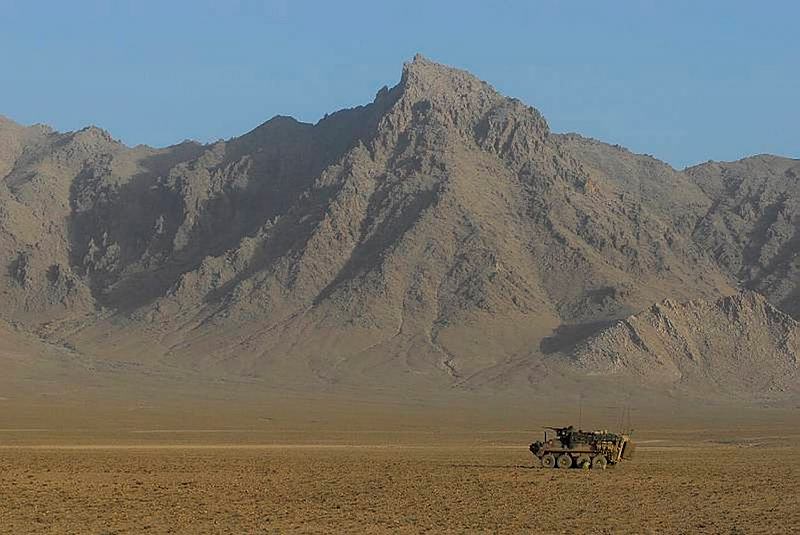The recent ministerial announcement that government had given first pass approval and released an open request for tender for phase 2 of Project LAND 400 represents much more than a decision ‘to replace Army’s thousand or so M113, ASLAV, and Bushmaster combat vehicles’. LAND 400 is a key element in Plan BEERSHEBA, a series of coordinated and ongoing initiatives that will greatly enhance the Army’s ability to generate credible land power and provide scalable, responsive land force options to government. In his ASPI Strategist post, Karl Claxton gives his perspective on why much of the commentary around LAND 400 has been hostile.
The announcement of first pass approval for phase 2 of LAND 400 means that Defence can now seek options to replace the ageing Australian Light Armoured Vehicle (ASLAV) fleet, Army’s most flexible and versatile armoured fighting vehicle. Over the past 15 years, those vehicles have been at the centre of the ADF’s operational deployments, from peace-support and crisis-response operations in East Timor and the Solomon Islands, to security, capacity building and major conflict in Iraq and Afghanistan. We’re seeking the same characteristics of flexibility and versatility in the new fleet of Combat Reconnaissance Vehicles (CRVs) being sought through Land 400 Phase 2, with variants including reconnaissance, command and control, joint fires, surveillance, ambulance, repair and recovery.
At its heart, LAND 400 will deliver replacements for the ASLAV and M113 Armoured Personnel Carriers, complete with mobility support vehicles and integrated training systems. The new CRVs and Infantry Fighting Vehicles (IFVs) are likely to be based on ‘Military Off the Shelf’ (MOTS) solutions; vehicles that are in-service with another armed force and can be sourced from an established production facility. But LAND 400 represents much more than a vehicle replacement program. The capabilities being delivered through the project will underpin the ADF’s capacity to conduct decisive operations in what the Army has determined to be the defining characteristics of our future operating environment.
The new suite of vehicles will include a range of new capabilities to provide the necessary protection, armoured mobility and firepower to defeat increasing lethal and adaptive adversaries. The vehicles will likely be much heavier than their predecessors, reflecting greater levels of protection and the incorporation of new technologies to defeat the ubiquitous improvised explosive devises (IEDs) and the rocket propelled grenades (RPGs) – the traditional weapons of choice for low-tech, politically-savvy adversaries. They’ll be deployable in Air Force and Navy platforms such as the C17 and Landing Helicopter Docks (LHDs), maintaining the strategic reach necessary to underwrite Australia’s position as a middle power with global interests. Digital operating and communication systems will integrate the vehicles in a collaborative network able to harness the collective capabilities of our Army, Navy and Air Force. And they will provide soldiers with access to a variety of sensors to detect and differentiate potential threats in an increasingly crowded and contested battlespace. Integrating those essential capabilities positions LAND 400 at the centre of Army’s capacity to conduct joint land combat.
LAND 400 is central to a force structure determined more by the diffused lethality and complexity of contemporary operating environments than by a desire for large-scale, high-intensity operations against highly sophisticated adversaries. The project is driven by factors less concerned with fighting great tank battles on the sands of the Middle East than by the necessity to provide soldiers the protection, situational awareness and weapon systems necessary to undertake peacemaking, post-conflict reconstruction and combat operations in increasingly messy, hybrid, irregular conflicts. And rather than seeking to determine arbitrary lines of military primacy or forces of first resort in the shadow of Force Structure Review and White Paper announcements, LAND 400 seeks to maximise the collective capabilities of the Army, Navy and Air Force in delivering joint military capability as a true instrument of national power. The ministerial announcement represents a key milestone towards realising those objectives.
Ben James is currently the Director General of Project Land 400 in Army Headquarters. Image courtesy of Department of Defence.


